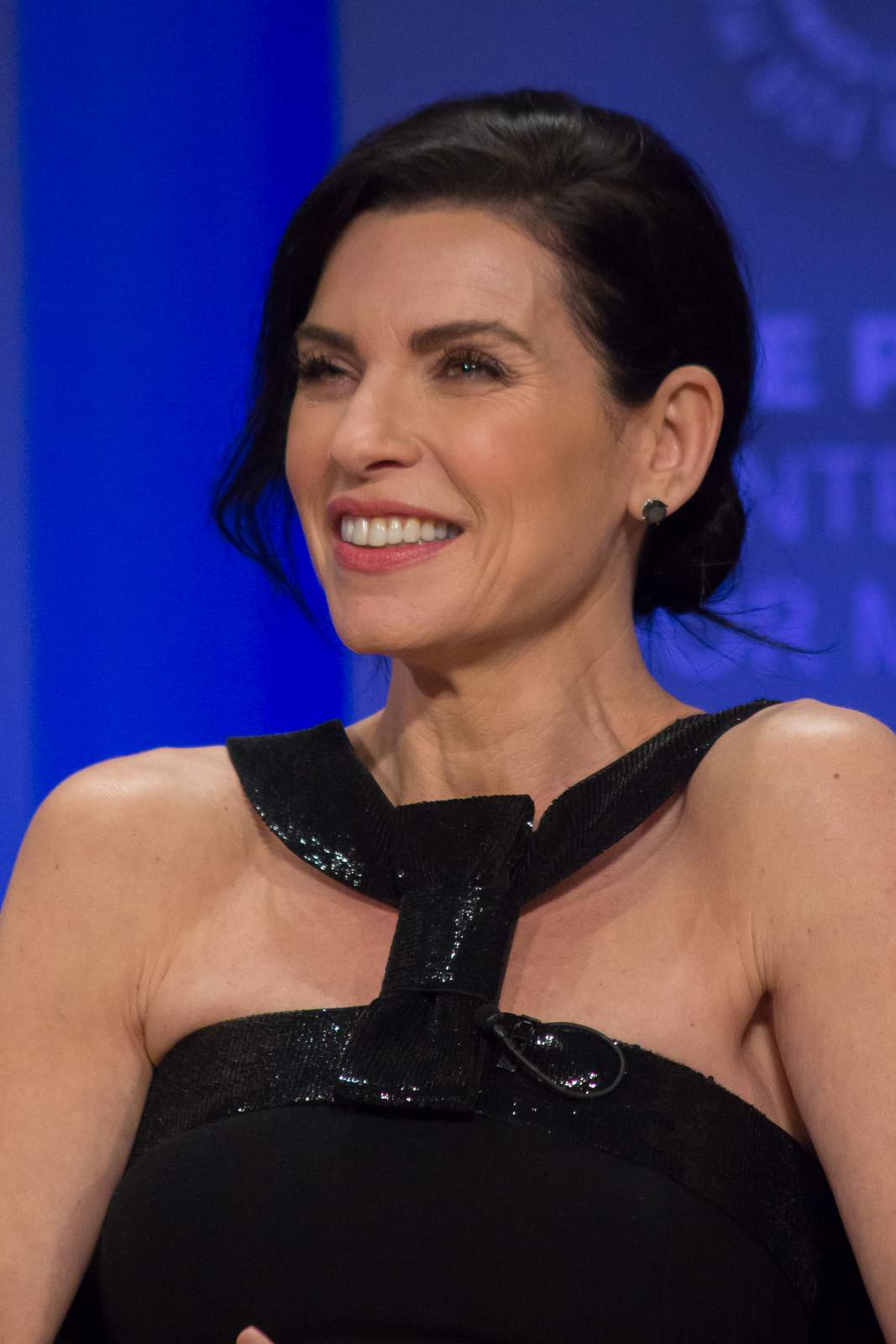Three Christs 2020

A psychiatrist's bold quest to heal the minds of three men convinced they're Jesus Christ leads to an unprecedented experiment in empathy and understanding. As Dr. Alan Stone navigates the complexities of their delusions, he finds himself transformed by the experience. Based on a remarkable true story, Three Christs is a thought-provoking drama about the power of human connection.
Does Three Christs have end credit scenes?
No!
Three Christs does not have end credit scenes.
Actors
Meet the cast of Three Christs and learn about the talented actors who brought the characters to life. Explore their roles and career highlights.
Links
Explore where to watch Three Christs online. Find reviews, ratings, and detailed movie information on other platforms like Metacritic, Rotten Tomatoes, TMDb or Wikipedia
Ratings
Discover how Three Christs is rated on popular platforms like IMDb, Metacritic, and TMDb. Explore audience and critic scores to see how this movie ranks among the best.

39
Metascore
6.3
User Score


%
TOMATOMETER

0%
User Score

6.7 /10
IMDb Rating

68
%
User Score

4.00/5
From 5 fan ratings
Movie Quiz
Challenge your knowledge of Three Christs with an engaging quiz. Test your memory of the movie’s characters, plot twists, and unforgettable moments.
Three Christs Quiz: Test your knowledge of the film 'Three Christs' based on its compelling exploration of mental health and human connections.
Who is the lead psychologist in 'Three Christs'?
Plot Summary
Get the full story of Three Christs with a detailed plot summary. Dive into its themes, characters, and the twists that make it a must-watch.
Dr. Alan Stone, a groundbreaking psychologist in 1954, took a bold step by leaving his studies at New York University to delve deep into the operations of the Ypsilanti State Mental Asylum. His primary focus was on the treatment of schizophrenic patients, and he quickly gained a reputation as a staunch critic of the prevailing mental health system. At this time, many individuals suffering from mental illness were often placed in institutions and treated harshly, relying heavily on insulin shock and electroconvulsive therapies, while talk therapy played a minimal role in their recovery.
Within the asylum’s somber halls, Dr. Stone encountered two particularly fascinating patients, both of whom believed they were Jesus Christ. Joseph Cassell, an intellectually astute man, and Clyde Benson, a rough and troubled individual, posed unique challenges for the psychologist. This unexpected encounter led Stone to pioneer an innovative method of group talk therapy. He eventually brought in Leon Gabor, another patient who also believed in his own divine identity, to further explore this trio’s collective dynamic.
Dr. Stone’s insights shed light on the stark contrasts between their experiences. Gabor was deeply traumatized by the oppressive influence of his mother and harbored wounds from multiple assaults during his military service. Benson, grieving the death of his wife who had undergone an abortion, struggled to manage his sorrow. Cassell, grappling with violent outbursts, lived in constant fear of losing his grip on reality, especially after enduring repeated electric shock treatments. Despite the skepticism of his peers, including Dr. Orbus, Stone courageously chose a path that shunned physical punishment. He leaned on compassionate dialogues and heartfelt written correspondence to genuinely connect with his patients.
As Stone began to receive accolades for his pioneering treatment methods, highlighted on the cover of a renowned medical journal, a shadow fell over Dr. Orbus, who found his own credentials threatened by his colleague’s success. Desperate to reassert control, Orbus attempted to interfere in Cassell’s therapy sessions, much to Stone’s dismay. When Cassell found himself summoned to Orbus’ office, he discovered that the head psychiatrist had been subtly maneuvering events to his advantage, having previously avoided writing to Cassell himself and instead leaning on Stone. This betrayal drove Cassell into despair, resulting in explosive outbursts that led Orbus to reinstate aggressive electroshock therapies.
In a desperate attempt to shield Cassell from further harm, Stone tried to intervene but was unfortunately powerless to prevent the onslaught. The emotional turmoil escalated into a confrontation with another physician, leaving both men injured. The final straw came when Orbus ousted Stone from the asylum, leaving him feeling utterly defeated.
Under Orbus’ sinister influence, Cassell started perceiving the psychiatrist as a malevolent manipulator. In a harrowing moment of realization, Cassell understood that Stone’s true intention to help him was overshadowed by Orbus’ malevolence. Fueled by this insight, Cassell made a tragic choice, leaping from the chapel bell tower in a potent rejection of Orbus’ oppressive control.
In the aftermath of Cassell’s heartbreaking death, Stone was called to testify at a hearing wherein he held Orbus accountable for his reckless actions. He interpreted Cassell’s last words as a profound testament to the young man’s struggle for self-justification through sacrifice. The result was harrowing: Stone found himself dismissed from his position but was allowed to pursue his research in New York, accompanied by the remaining patients.
Despite this, Orbus continued his reign, stripped of authority until his eventual retirement. As the film concludes, viewers find Stone sitting alongside the two Jesus figures, engaged in a serene game of cards—a poignant reminder that amidst loss, there lies the potential for hope, redemption, and profound personal transformation.
Videos
See the latest videos related to Three Christs. Explore trailers, interviews, and behind-the-scenes content that give you a deeper look into the film.
Keywords
Discover the keywords that describe the themes and topics of the movie. Explore the keywords that define the essence of the film.
Featured on this page

What's After the Movie?
Not sure whether to stay after the credits? Find out!
Check out our other apps:
Actors
Companies
Latest Movies
© 2025 What's After the Movie. All rights reserved.





















